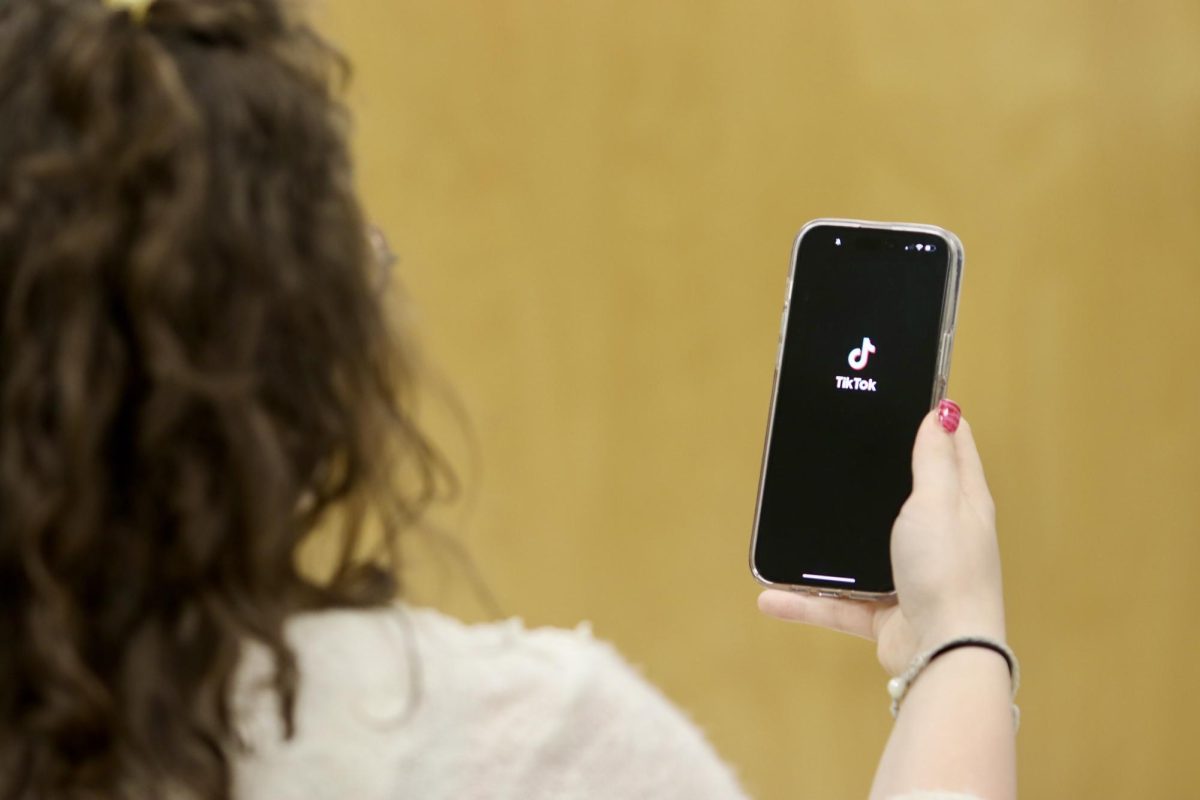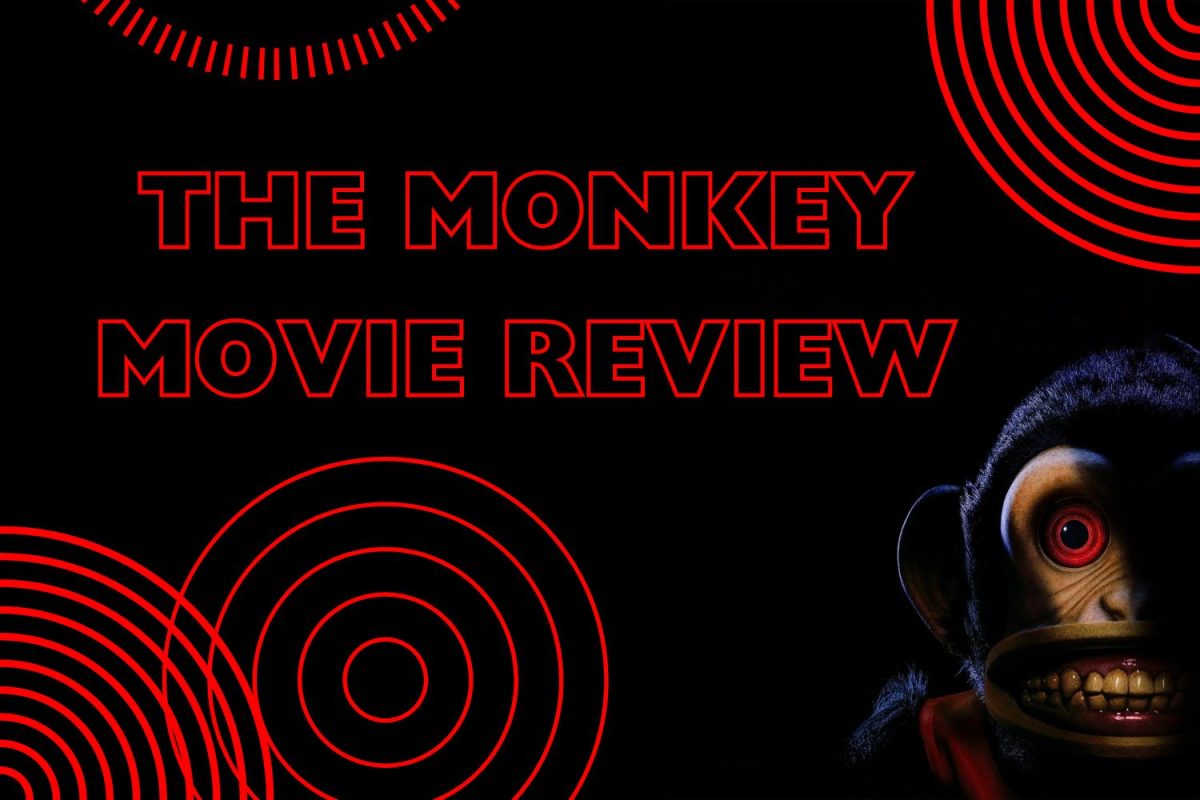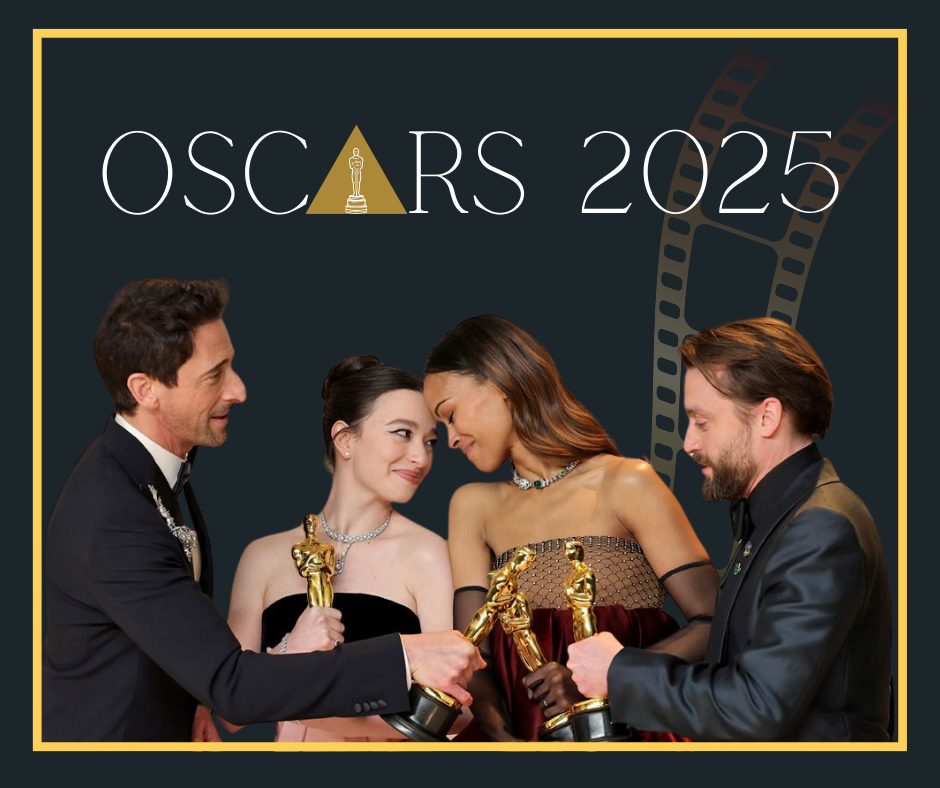|
Getting your Trinity Audio player ready...
|
In the mid-20th century, Hollywood’s light shined brightest for musical theater.
During this time, aptly named the Golden Age of Musicals, the art form dominated the cultural zeitgeist, and movie musicals were regularly in contention for major awards, such as the Academy Award for Best Picture.
Viewers everywhere flocked to theaters, excited to see performers like Fred Astaire and Ginger Rogers tap to their heart’s delight or see Gene Kelly splash around on the rainy sidewalk.
Those days are over. The public’s love for musical theater has soured considerably in the seventy years since the Golden Age of Musicals. In the modern day, movie studios disguise their movie musicals as other genres to coax general audiences into buying tickets.
This Trojan horse style of movie marketing deceives viewers into seeing movie musicals, leaving them feeling ambushed and angry. The recent movie musicals “Wonka” and “Mean Girls” almost completely lacked any marketing informing audiences they were musicals.
The movie studios’ tactics are obnoxious and disheartening; however, given the negative attitude against musical theater, they’re not without reason.
Although we regularly consume dramatized, unrealistic art, many people have a problem suspending their disbelief in musical theater. In my experience, people scoff at the genre, deeming it too weird and too boisterous.
As a fan and frequent participant in musical theater, I understand, to an extent, the aspersions toward the genre. Musical theater is an acquired taste. Many people find it unrealistic when someone bursts into an emotionally drenched, highly choreographed song and dance routine.
It’s also a very inaccessible art form. Live musical theater is less prevalent and more expensive than movies and television. Also, with the advent of streaming, you can watch your favorite movies and television shows at virtually any time for comparatively cheaper costs.
I understand the spectacle inherent to musicals isn’t everyone’s cup of tea, but that’s okay. However, disliking musical theater doesn’t necessitate rudely belittling the genre.
Disregarding musical theater as merely silly or incapable of tackling severe subjects is both objectively incorrect and, in my view, incredibly disrespectful.
Take “The Color Purple,” for example. The Pulitzer Prize-winning novel chronicles the life of Celie Harris, a Black woman in early-20th century Georgia. Her life is filled with physical, sexual and emotional abuse from her father and her husband, a much older man named Mister. Her lone source of joy and solitude, her sister Nettie, is forced out of Mister’s home after she refuses his sexual advances.
The story has been adapted several times: first as a movie in 1985, then as a musical in the early 2000s. In November 2023, a movie version of the musical starring multiple famous Black actors was released to theaters.
Near the end of the novel, Celie inherits her father’s property, flipping his old country store into a tailor’s shop. After confronting Mister for his years-long abuse and leaving him, she becomes a wellspring of self-confidence, eager to tackle a new chapter in her life. The musical version captures her growth in the iconic solo number “I’m Here.”
“I’m beautiful. Yes, I’m beautiful,” she whispers as the music quiets around her voice. Celie’s isolated vocals lay bare all the pain she’s suffered in her life: she’s been beaten, dehumanized, disregarded as ugly and worthless, and had to endure it all without her beloved sister.
Now, as she stands outside her tailor’s shop, Celie has the opportunity to begin life anew. The music soars as she belts out, “And I’m here,” a triumphant exclamation of her newfound humanity and her first step toward truly living.
I saw the movie musical in theaters, eagerly anticipating its rendition of “I’m Here.” As I watched Celie’s show-stopping solo, I felt happiness bubble inside my chest and a smile unfurled itself across my face.
The audience watched Celie experience horrific violence and hardship; now, we get to join Celie in her celebration of self-love, and this moment of collective joy was made possible by the power of musicals.
Music, perhaps more than any other art form, seeps into us; it draws out our deepest, most guarded emotions and carries them up to the surface. Musical theater is an extension of this humanistic phenomenon.
Beyond “The Color Purple,” plenty of musicals use the genre to tell difficult, emotionally gripping stories. Musicals such as “Miss Saigon,” “Spring Awakening,” and “Next to Normal” cover themes such as war, bigotry, sexuality and mental health, among others.
Of course, musicals can be at the opposite extreme. They can and often are quite comedic and outrageous. I’ve been in three musicals – “Hello, Dolly!,” “Schoolhouse Rock! Live” and “High School Musical” – and each told lighthearted stories with lighthearted themes.
Musical theater can cover a wide range of themes and emotions because the genre, and art in general, are simply mediums of storytelling. Art is meant to make you feel something. Regardless of what that feeling is or is supposed to be, it should resonate with you; it should burrow into your chest and sit with you.
If musicals fail to elicit an emotional reaction, that’s okay. I would suggest giving them another try, but I understand as humans, we’re set in our ways.
Many of us will never enjoy musical theater, and that’s perfectly valid. It’s our freedom to dislike things, but that does not necessitate belittling the genre or dismissing it as lesser than other art forms.
As for myself, I’ll always love musical theater. I’ll be at the premiere of whatever movie musical comes out next, singing along in the theater and hoping the music will make my chest surge with joy all over again.









